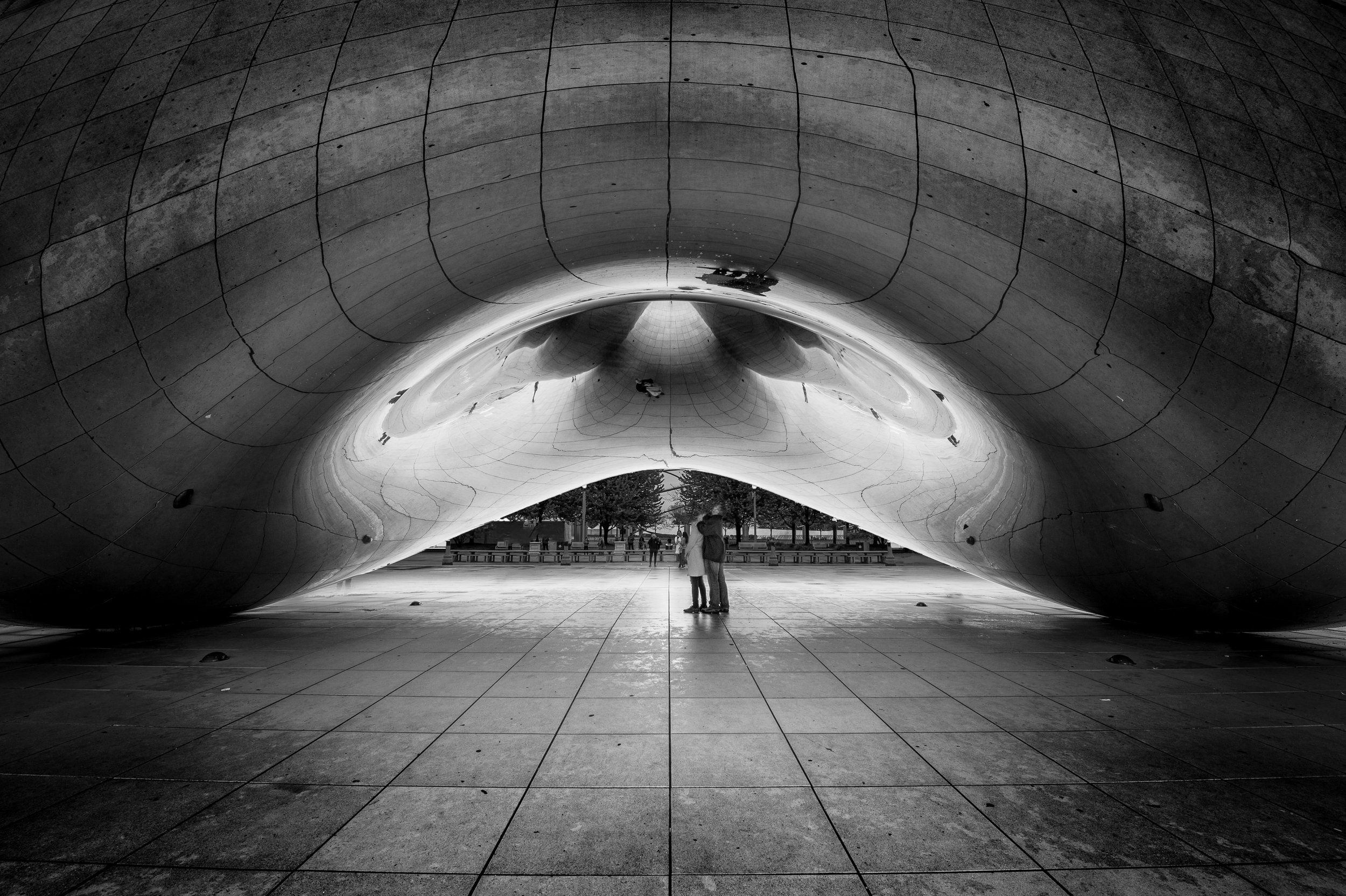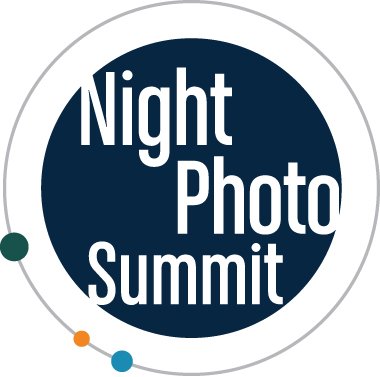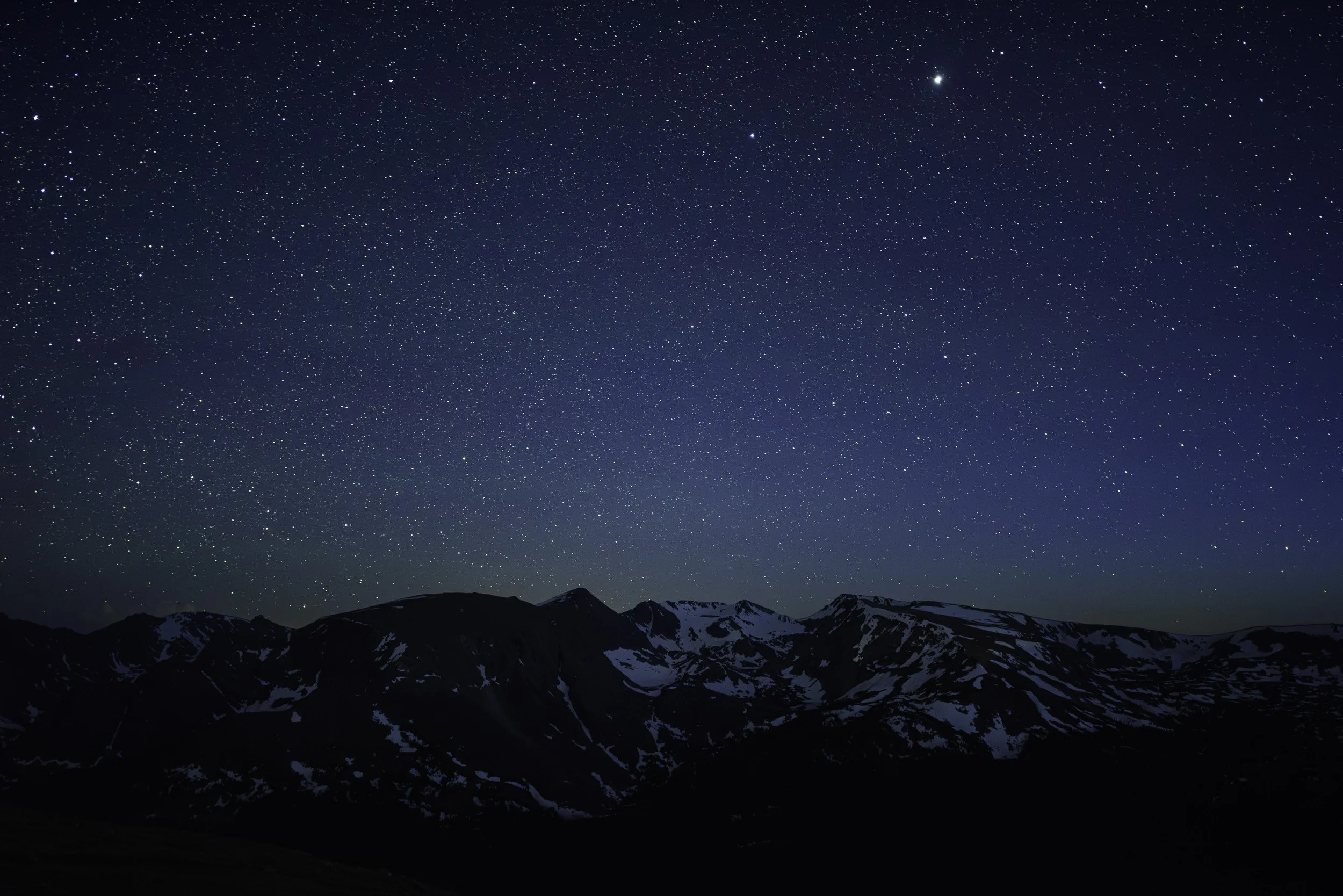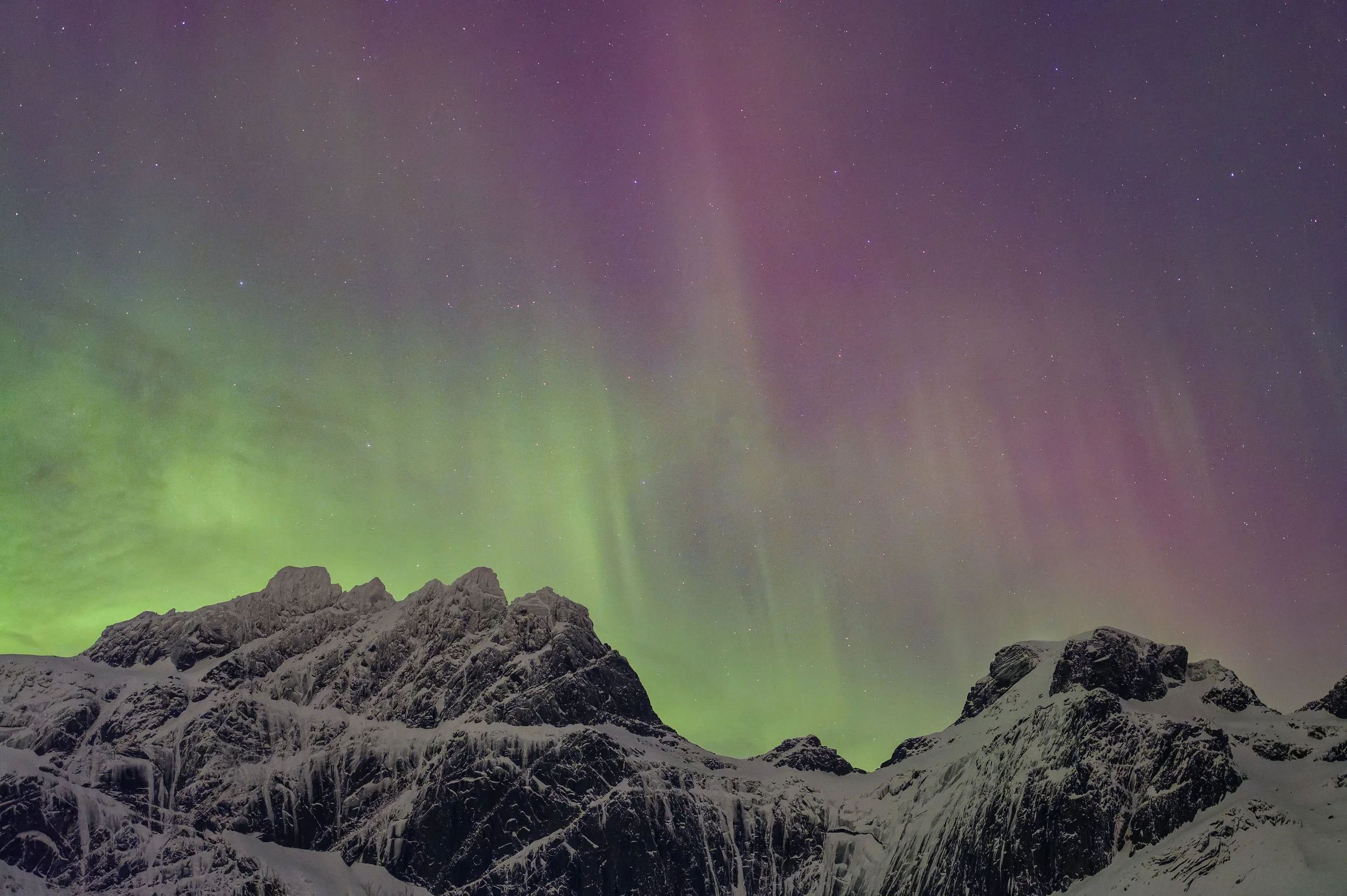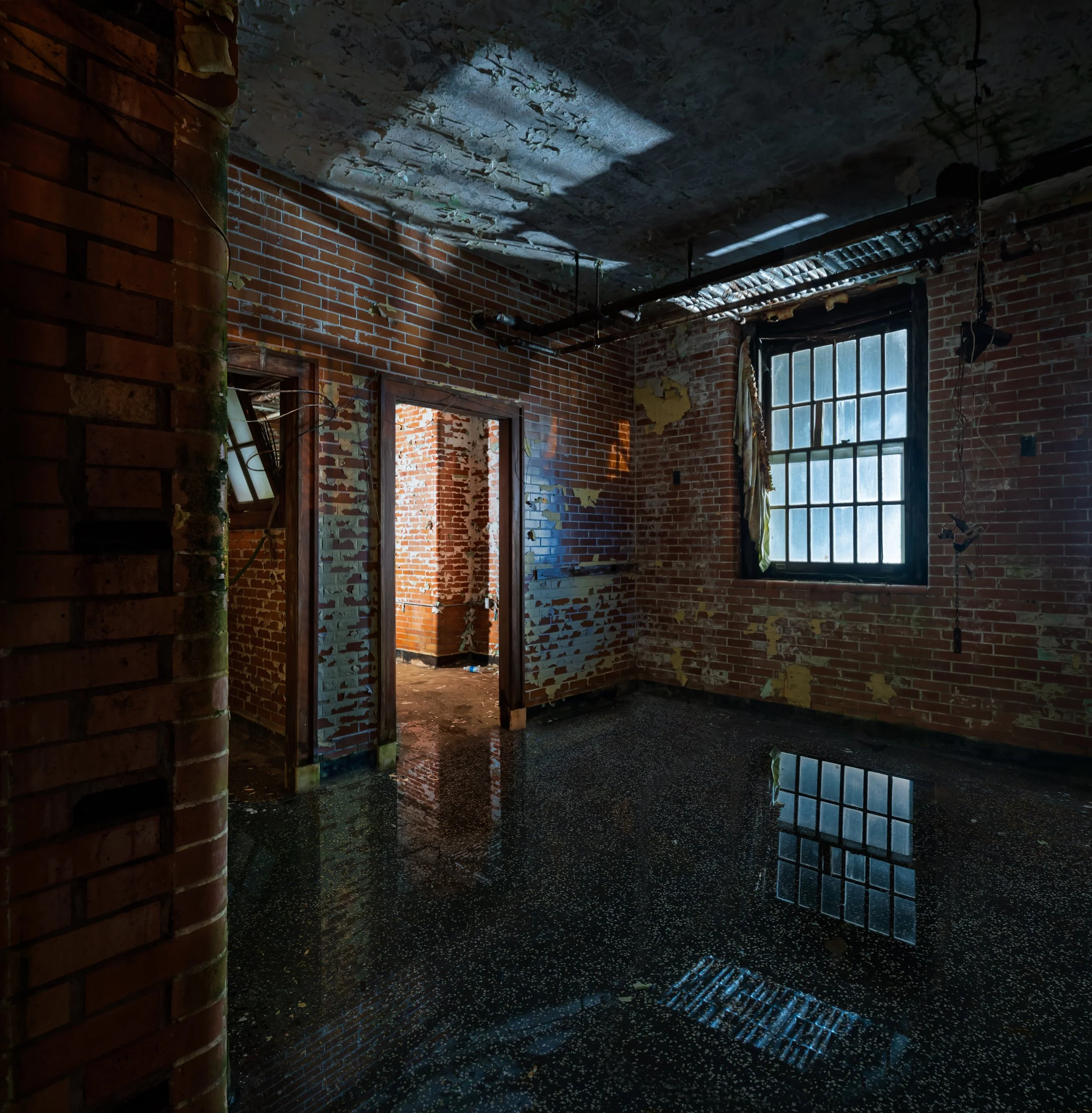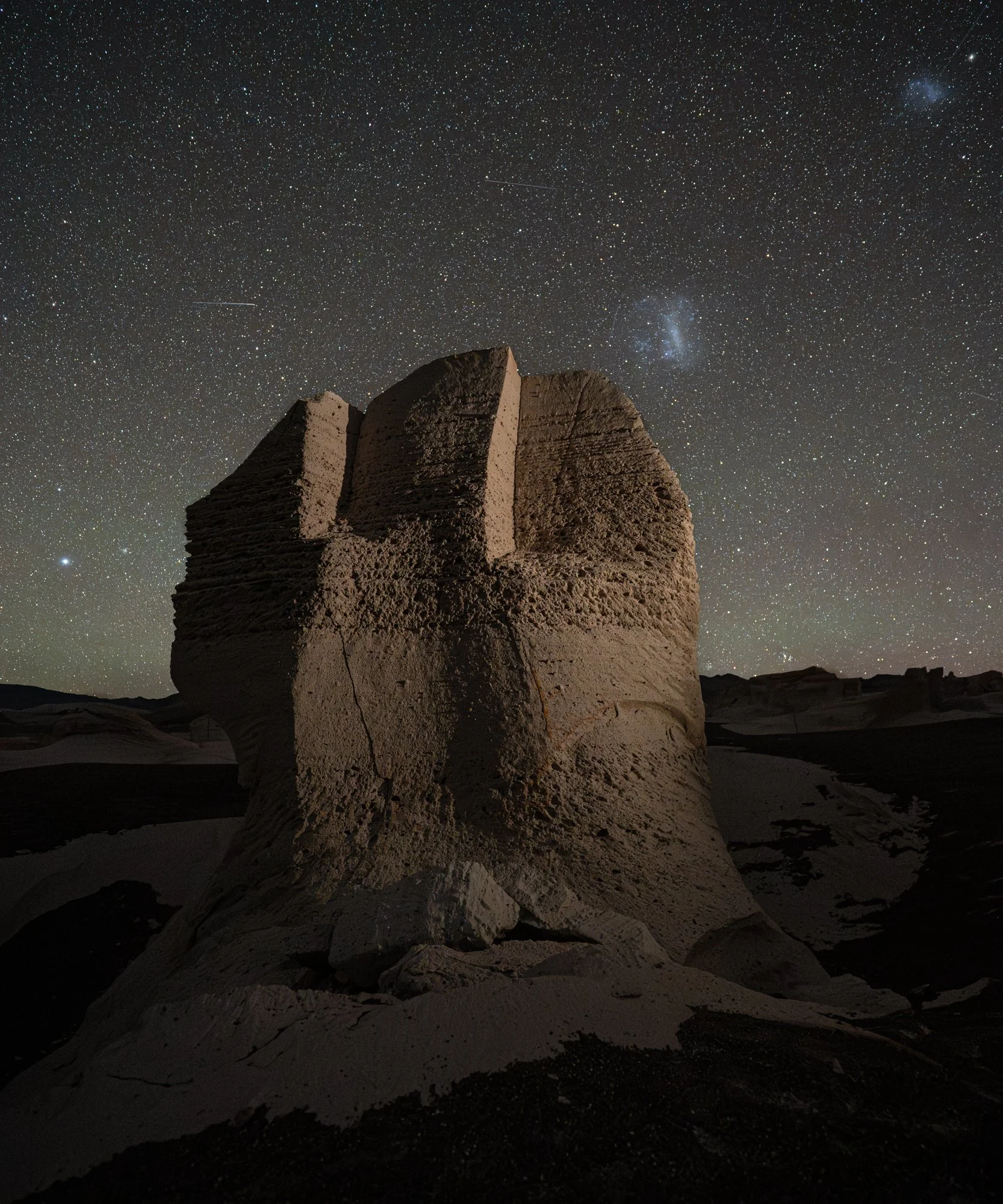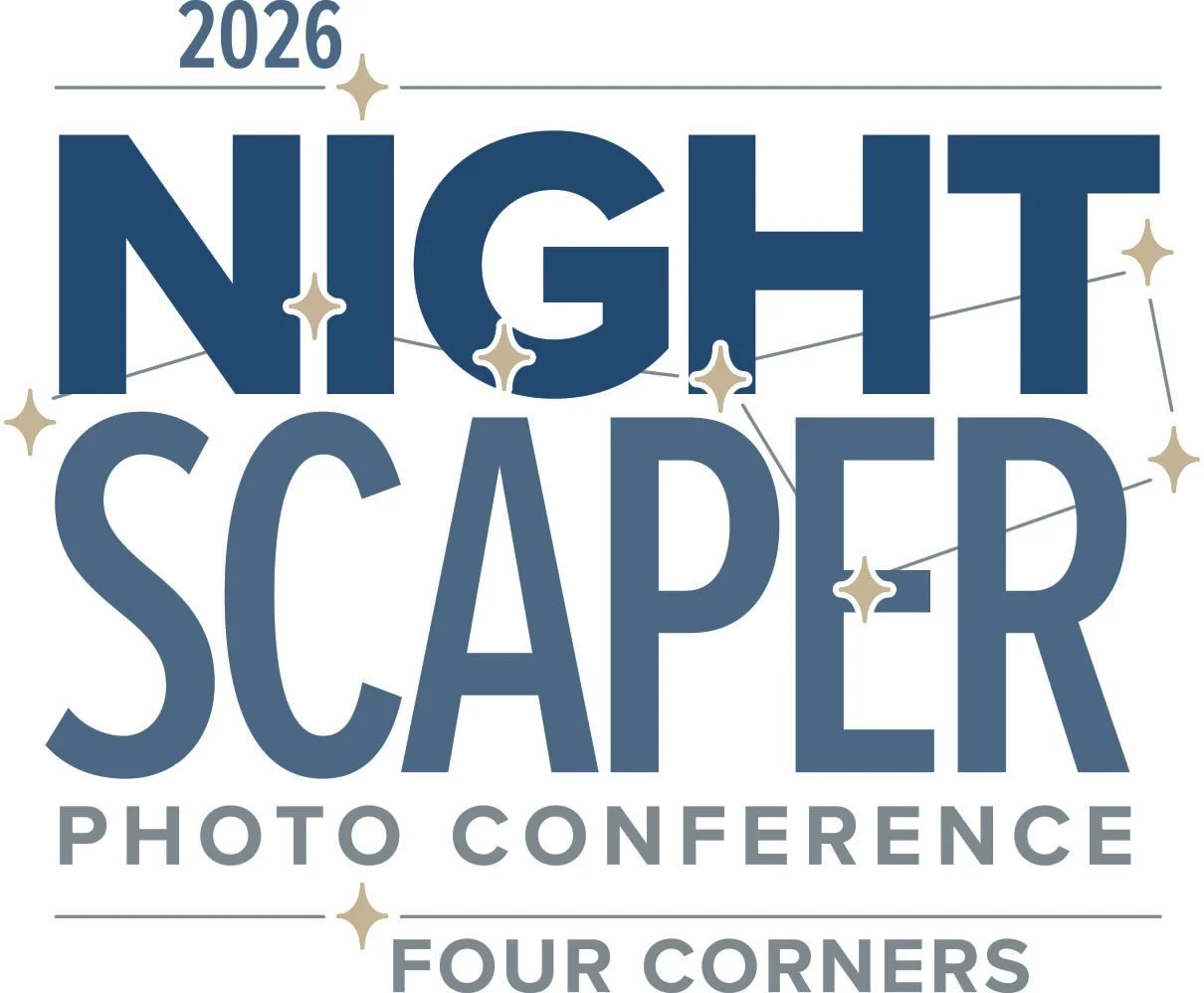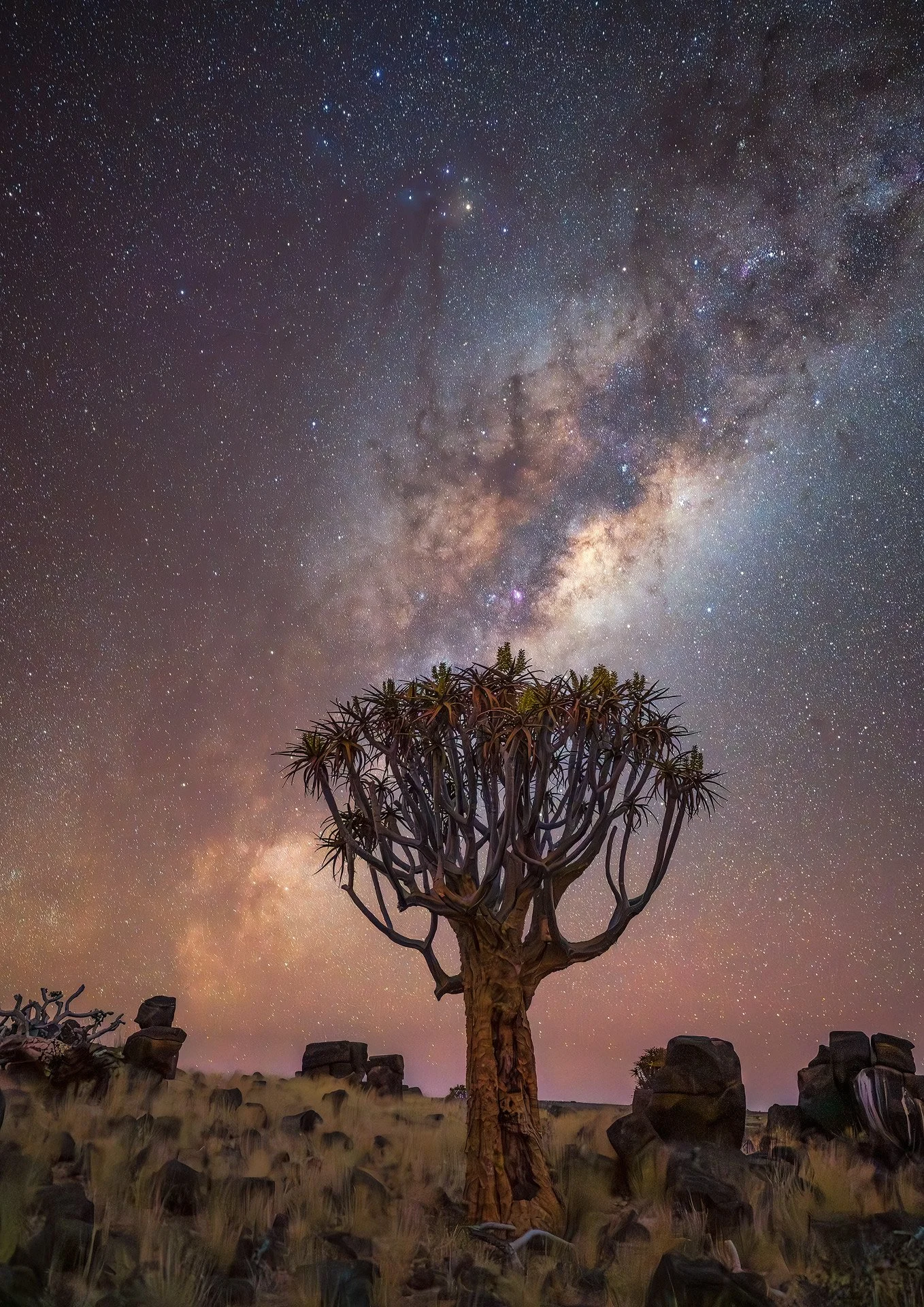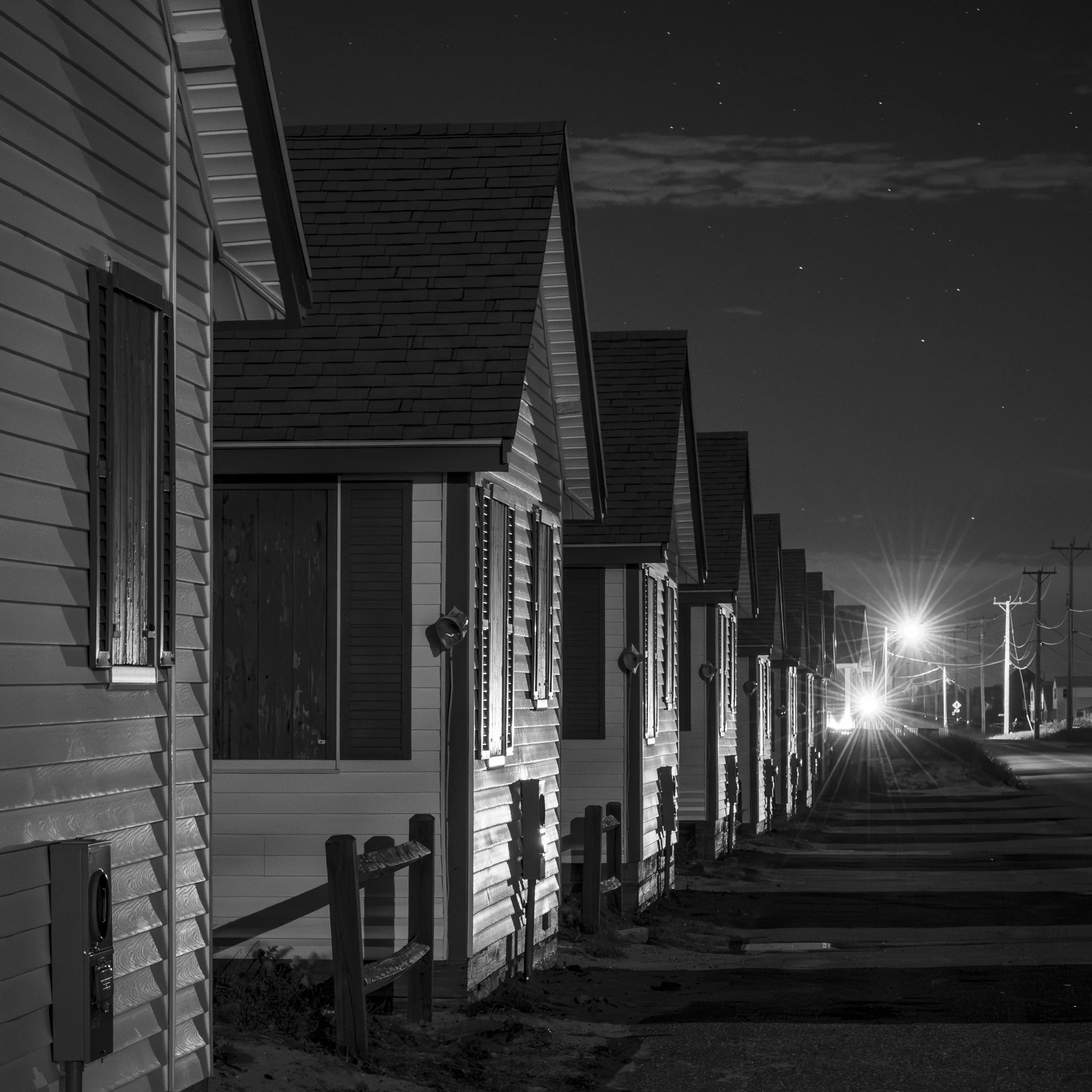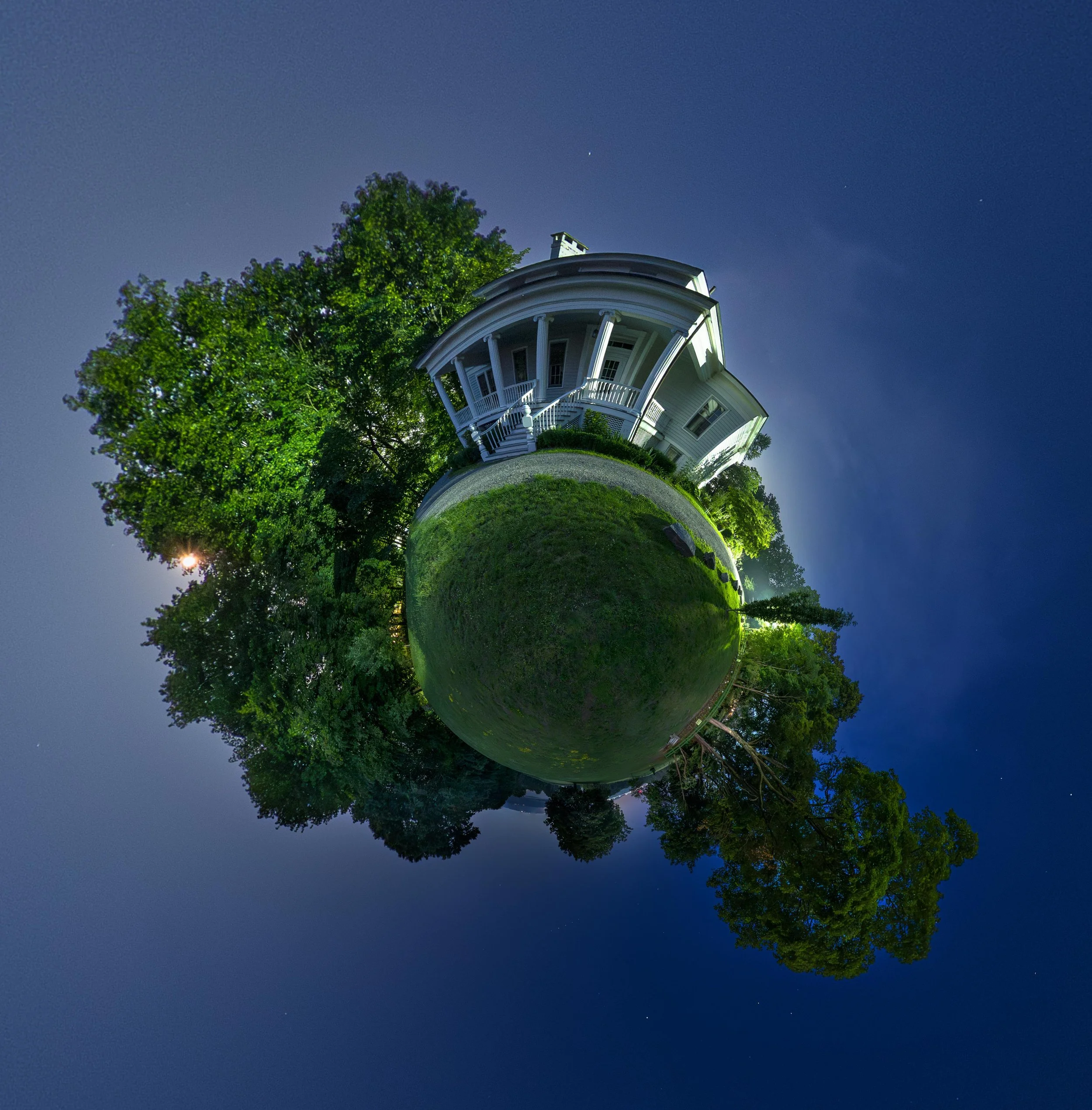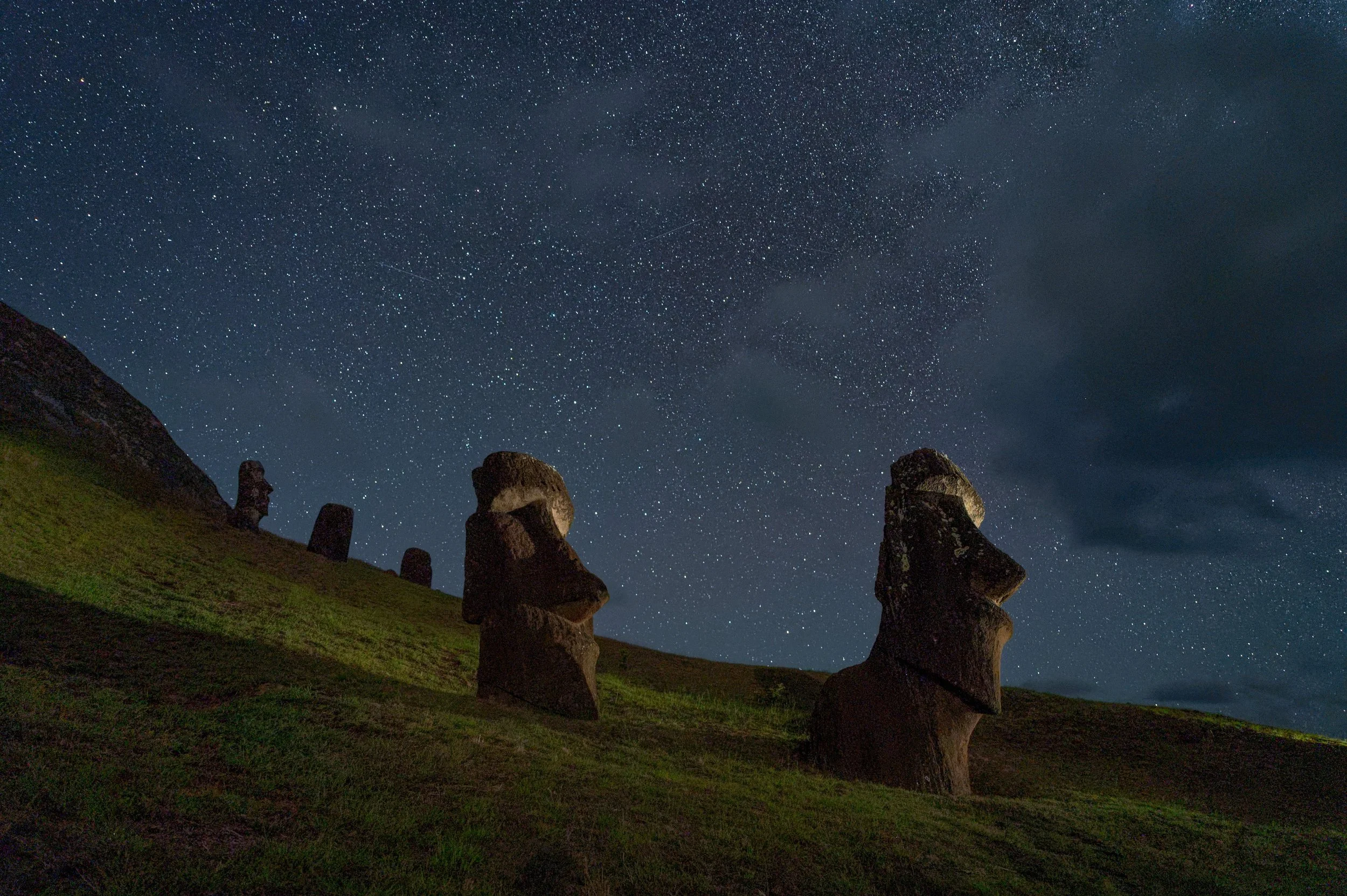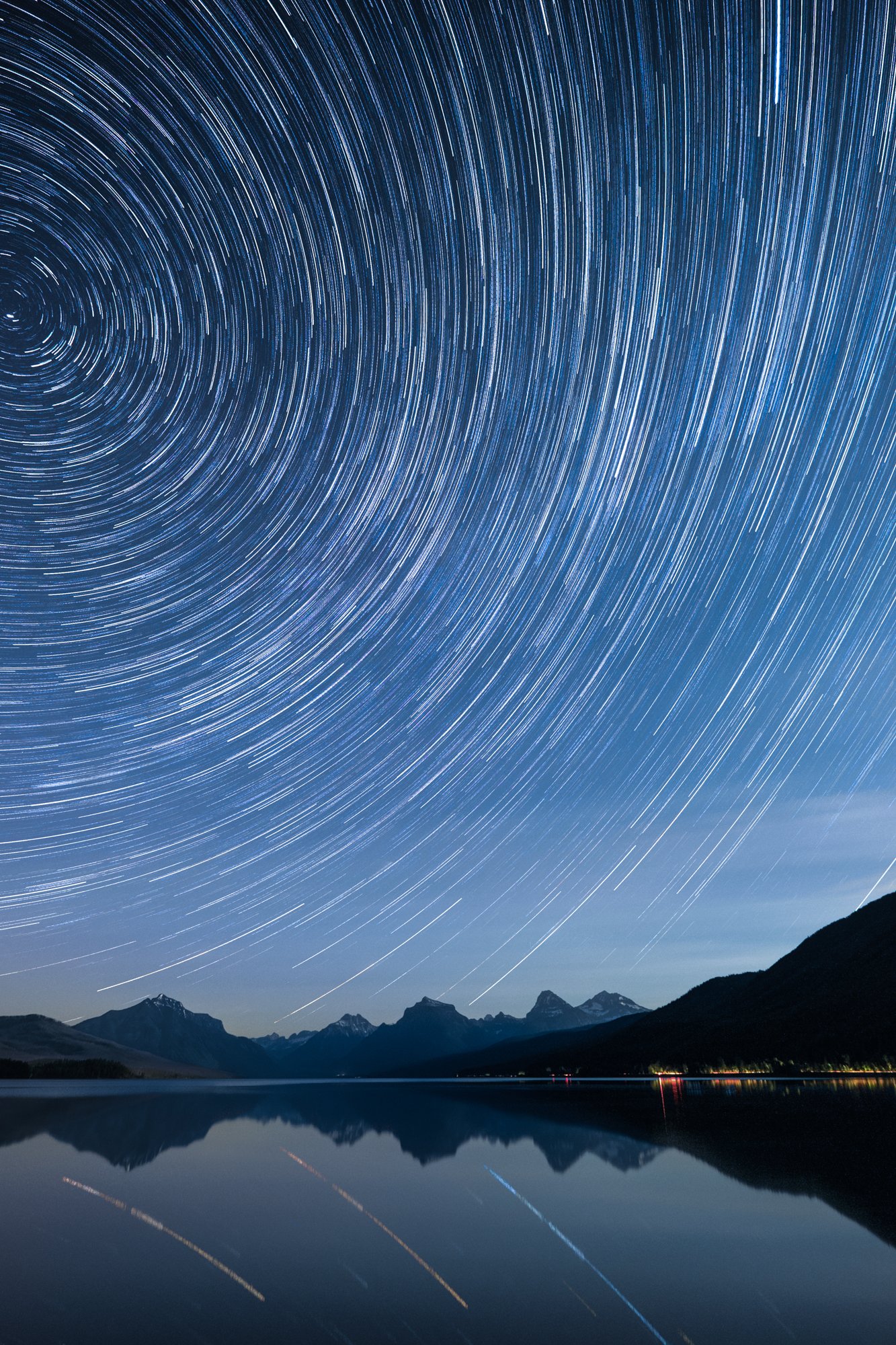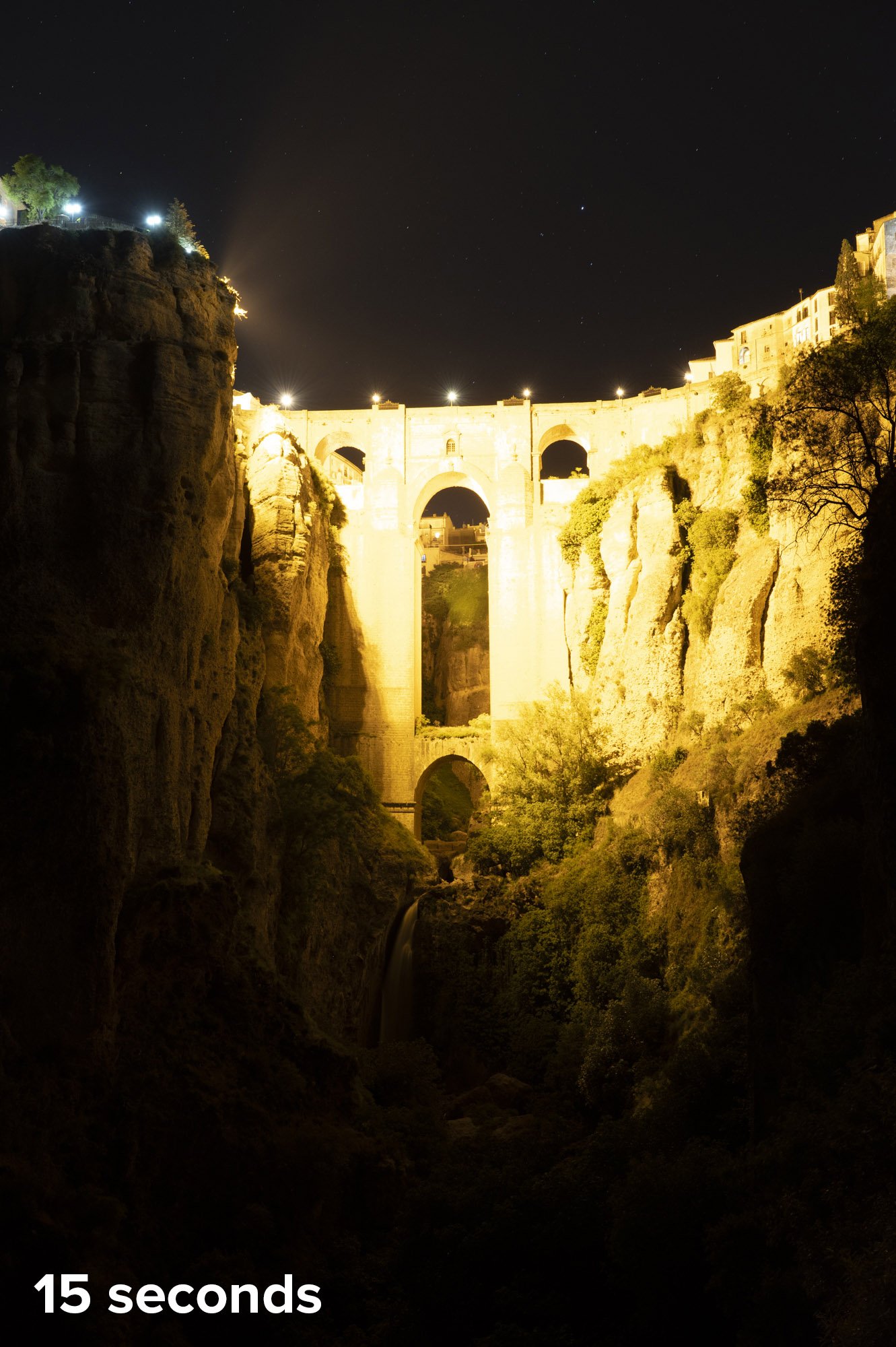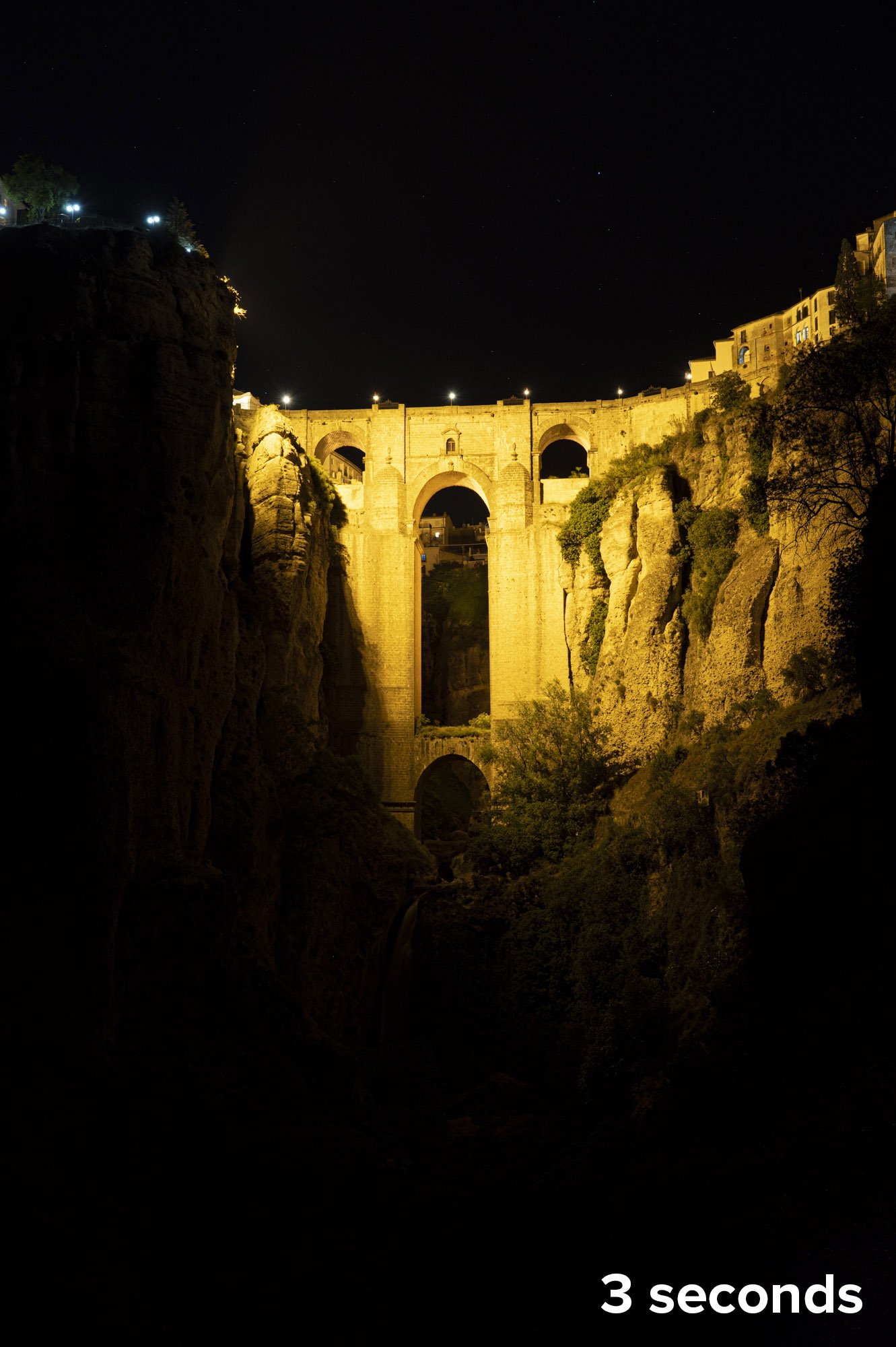In 2019 the five National Parks at Night instructors posted stories and images of places we had gone back to in order to re-photograph scenes.
For Matt Hill and Tim Cooper, conditions on a first visit prevented them from creating the images they’d had in mind. Chris Nicholson had a vision of what he wanted to do, but couldn’t quite make it work the first time. Gabe Biderman struck gold with a team collaboration on his first visit, and then different conditions provided an opportunity for an equally stunning but completely different image upon his return. I also experienced different conditions that allowed me to make a more compelling image when I revisited a lighthouse on the coast of Maine.
Usually it’s external circumstances that impact our images the most when we return to photograph a location, but sometimes the way we see or the way we remember a scene can influence how we respond to it.
This past spring Tim and I finally led a twice-postponed trip to the Orkney Islands after 2 years of Covid-related delays. It was worth the wait. This was my fifth visit to this special place, but I hadn’t been there since 2010. So obviously I was overdue to return.
The Orkney Islands. (Satellite imagery courtesy of Google Earth.)
I first went to Orkney in 1995 while traveling around Scotland on a jump-on-jump-off minibus tour. I had no idea what to expect, and had done no research before taking a ferry across the Pentland Firth and stepping back 5,000 years into the Neolithic landscape that exists simultaneously with a very modern culture.
That experience was life-changing. My memories of that first visit have always stayed with me, and Orkney is a place I feel permanently connected to.
I can’t really say what it was that made such an impression on my younger, impressionable self, but something sure did. In my mind, Orkney has become like Atlantis or Shangri-La over the years, taking on outsized, mythical proportions for a place where I’ve spent a total of about a month. Orkney is a special place to be, for sure––but try as I might, I cannot explain why I feel so drawn to these islands. I just know that I am.
Moreover, each time I visit, I find a new way to photograph it.
A younger me and group I took to Orkney in 2010.
Stromness, 2007.
Kirkwall, 2007.
In this post I’m sharing three pairs of images, the first made years ago on earlier visits and the second made on our tour in May 2022. Each of the original photographs is one that I’ve always loved, in part for the image itself, and in part for the memories it invokes.
The new images have their own stories and memories, built upon the earlier ones. They too have become part of my saga, interwoven with recollections of places, times and people. I don’t know that anyone will see the images after I’m gone, and that isn’t particularly important to me. For now, they serve as reminders of my past, just like those neolithic standing stones that dot the Orkney landscape reminding those who live there where they came from.
“Our memories make us who we are and shape our world view. Our collective experiences of the past inform the way we interpret the present and think about the future.”
I was almost as excited to return to the site of some of these photographs as I was to return to Orkney itself. I came with expectations, knowing that I was likely to be disappointed. Twelve years is a long time to expect that nothing will have changed. As I retraced my steps of previous visits, wondering what would be the same and what would be different, I thought about how I had changed in all those years, how the world had changed, and I thought of that old proverb: “We see the world not as it is, but as we are.”
Our memories make us who we are and shape our world view. Our collective experiences of the past inform the way we interpret the present and think about the future. No one can say with certainty why some memories are more poignant than others. Just as traumatic events might be forefront in our minds, or may be repressed into our subconscious, ordinary experiences can have similar dominant or subtle influences on our thoughts and behaviors.
In the end, travel photography is less about the images than the experiences. The images serve as reminders to take me back to places and times that are important to me. I hope that the viewer will enjoy and appreciate what I saw in these places, but I know that no one but me will feel what I do when I see them. That’s OK; I photograph for myself. It’s a thing that I do just for me, and that is a luxury that I truly appreciate. I feel very fortunate to be able to travel and see such remarkable places, and to be able to do what I love for a living.
Now let’s look at the photographs.
Revisit 1
The House of the Orcadian Poet George Mackay Brown in Stromness
2008. Ebony SW23 view camera with a Nikon 65mm f/4 lens, shot on Fuji Neopan Acros film. Exposure unrecorded.
2022. Nikon D780 with a Nikon 28 mm f/3.5 PC lens. Three blended exposures shot at 15, 30 and 60 seconds, f/11, ISO 100.
The earlier black and white image of George McKay Brown’s house in Stromness is one of my all time favorites, and appears on the cover of my first book. It was the last time I took my view camera on an international trip, and the last time I futilely pleaded with security at Heathrow to spare my film from their damaging X-rays.
I made the color image this past May on my first visit to the site since then. I was full of anticipation as I walked the mile or so along the main road through town to get to the house. There is a row of houses in between the street and the bay, and peering between the houses out to the water is irresistible.
As I looked between two of these structures about 100 yards from Brown’s house, I noticed an upturned and familiar dinghy with the faded and peeling name “MOLLYMAWK” staring back at me. This was the dinghy in the foreground of my original picture! It was still in town, apparently passed on to a neighbor, and now, by the looks of it, neglected. Oh, the changes!
I couldn’t make the same image, so I had to make a new one. I did, and it doesn’t compare to the aura of the original, and that’s OK. It was cathartic nonetheless.
Revisit 2
The Stones of Stenness
2007. Canon 5D with a Nikon 28 mm f/3.5 PC lens, lit with a Surefire G2 flashlight. 15 seconds, f/8, ISO 100.
2022. Nikon D780 with a Tamron 15-30mm f/2.8 lens, lit with three Luxli Fiddle and one Luxli Viola LED panels. 2 minutes, f/4, ISO 160.
The older image of the standing stones was made with a small group that I took to Orkney on one of my early tours before National Parks at Night was born.
More than the night it was made, the image reminds me of my first experience at the stones. I’d ventured out alone at night from the youth hostel where I was staying. I rode on a rented bicycle and wandered amongst the stones, both awed and somewhat uneasy.
When Tim and I were there this spring, I had this image in mind, but wanted to improve on the lighting. Luckily for me, I had Tim Cooper, master light painter, in tow. We worked together for about an hour to craft this image, using four Luxli panel lights on stands. It was a memorable night—one I’ll remember more for the experience shared with Tim than for the image.
Revisit 3
The Bluebell Woodland at Woodwick House, Evie
2010. Canon 5D Mark II with a Canon 24-105mm f/4 lens, lit with a Surefire G2 flashlight. 5 minutes, f/5.6, ISO 100.
2022. Nikon D780 with a Nikon 28 mm f/3.5 PC lens, lit with two Luxli Fiddle LED panels. Two sets of three exposures shot at 10, 30 and 90 seconds, f/11, ISO 100, blended and stitched.
Of all the places I’ve been in Orkney, perhaps nowhere is as dear to me as Woodwick. It’s a spectacular Victorian hunting lodge, on a gorgeous property secluded on its own private bay, with gardens and a wooded burn that flows out to the sea. And thousands of bluebells.
My first Orkney photo tour stayed at Woodwick House, which was at the time owned and managed by a non-profit trust with the best intentions and not nearly enough resources. The resident manager James served as host and chef and no doubt many other roles. He helped make our visit extraordinary in so many ways, but it was clear that he was understaffed and overwhelmed.
I had tried to bring other groups in years since, but James left long ago, and the place went from a 4-star bed-and-breakfast to rundown self-catering accommodations with a miserable reputation.
This year I tried in vain to reach my contact at the trust to see if I might be able to bring the group to photograph the grounds. Undeterred, but with serious trepidation, Tim and I went to check it out before the group arrived, and I was stunned to find it empty, neglected and for sale.
I showed Tim the grounds, the woodland, the burn with its many small cascades, and the bluebells, which have managed quite well on their own. They were, as I had hoped, in full bloom.
Tim and I photographed together, I with my old image in mind, Tim never having seen it. We came up with a composition that was different, but reminiscent, and worked together to light it. We wondered if we could get away with bringing the group later in the week. We did. I fantasized about buying and renovating Woodwick House as National Parks at Night’s European headquarters, which several of our group thought was a brilliant idea.


